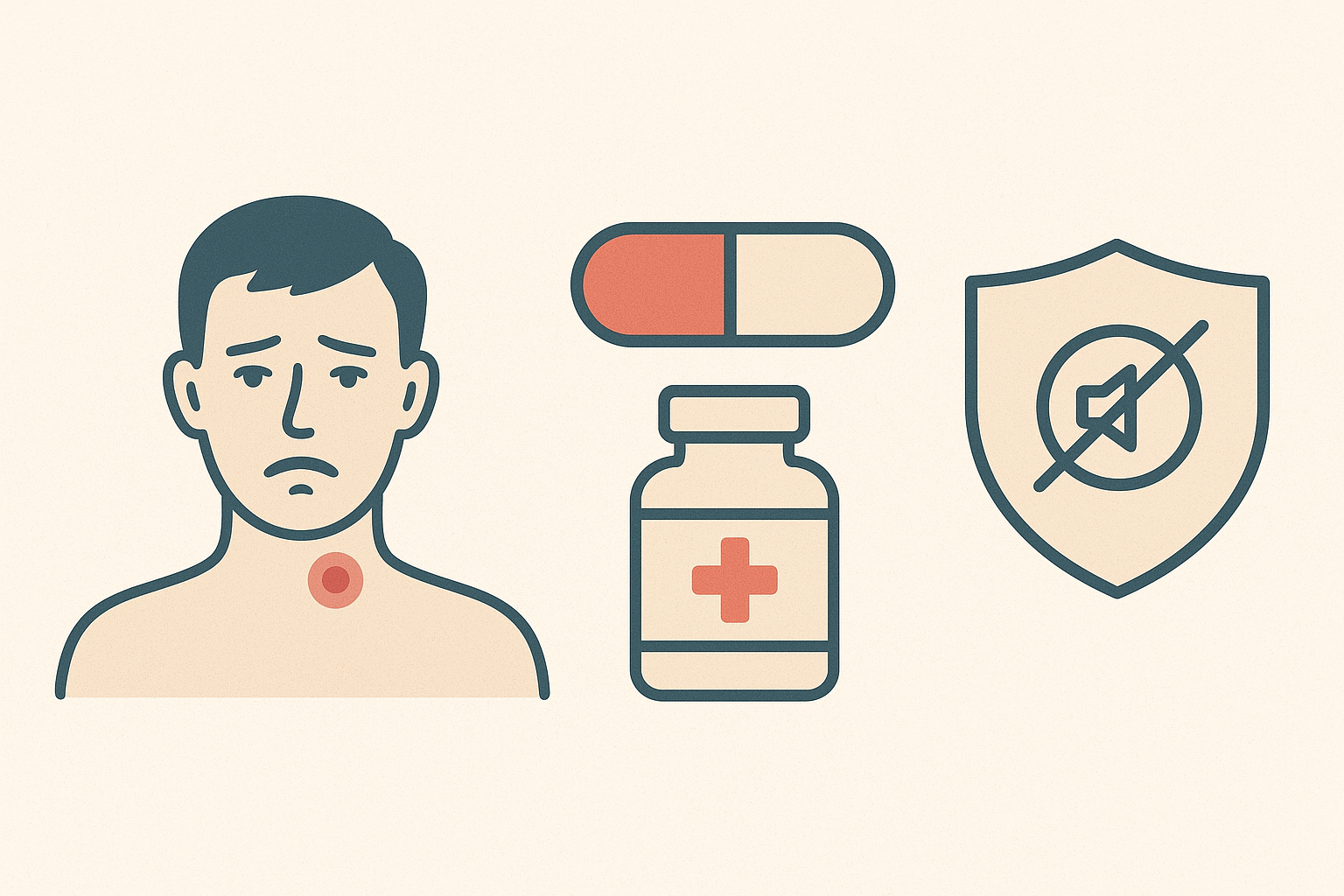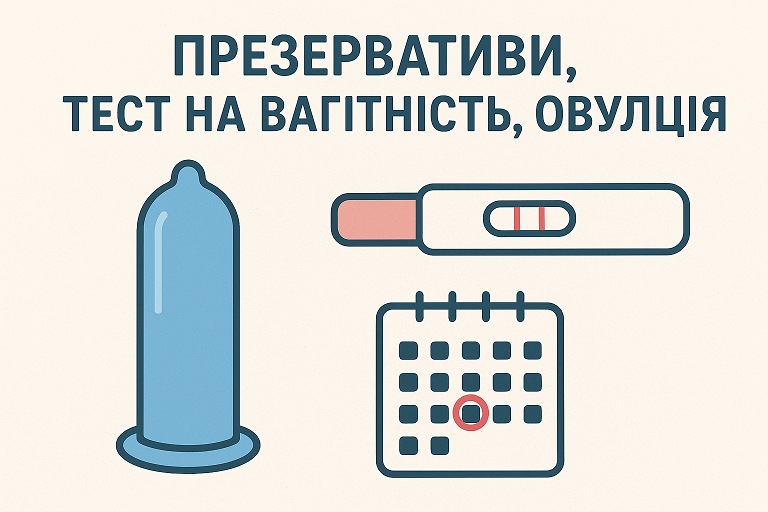
In today’s video, we’ll be discussing alopecia areata, a chronic inflammatory condition affecting hair follicles. It leads to sudden hair loss without scarring, with hair follicles generally preserved.
In the UK, alopecia areata is relatively common, affecting 15 in 10,000 people. In this video, we’ll cover:
- Who is affected by alopecia areata.
- The signs and symptoms of the condition.
- Diagnosis, treatment, and prognosis.
- When to refer the patient to a specialist.
Who is affected by alopecia areata?
Alopecia areata can occur at any age and affects males and females equally.
- Most commonly affected areas: scalp or beard.
- Less commonly affected: eyebrows and eyelashes.
- Total hair loss on the scalp (alopecia totalis) or body (alopecia universalis) is rare.
Signs and Symptoms
- Patients often have no symptoms. Hair loss is usually noticed incidentally, often by a hairdresser.
- Some patients report a burning or prickling sensation in the affected area (trichodynia).
Main types of alopecia areata:
- Patchy alopecia areata:
- Localized bald patches, typically on the scalp, eyebrows, eyelashes, or beard.
- Three stages:
- Sudden hair loss.
- Expansion of the bald area.
- Hair regrowth.
- Alopecia totalis:
- Complete loss of scalp hair.
- Affects 5% of patients.
- Alopecia universalis:
- Complete loss of body hair.
- Rare (less than 1%).
Nail changes:
- Occur in 10–15% of patients, including pitting and ridging.
Diagnosis
Diagnosis is typically based on clinical presentation:
- History:
- Pattern of hair loss, known triggers (stress), available support systems.
- Previous hair loss episodes, family history of autoimmune conditions.
- Physical examination:
- Rule out scarring or inflammation indicative of other conditions.
Treatment
- General advice:
- Explain the natural course of the condition.
- Observation without treatment is an option if hair regrowth is evident.
- Medications:
- Less than 50% hair loss: trial of topical corticosteroids (3 months).
- More than 50% hair loss: options include cosmetic masking (wigs, tattoos, false eyelashes).
- Psychological support:
- Recommended for patients with significant psychological distress.
Prognosis
- 80% of patients with limited bald patches see spontaneous hair regrowth within a year.
- The prognosis is unpredictable, emphasizing the importance of monitoring the condition.
When to Refer to a Specialist
Referral to a dermatologist is recommended for:
- Lack of response to primary care treatment.
- Uncertain diagnosis.
- Patients: children, pregnant, or breastfeeding women.
Conclusion
I hope you found this video useful and informative.





